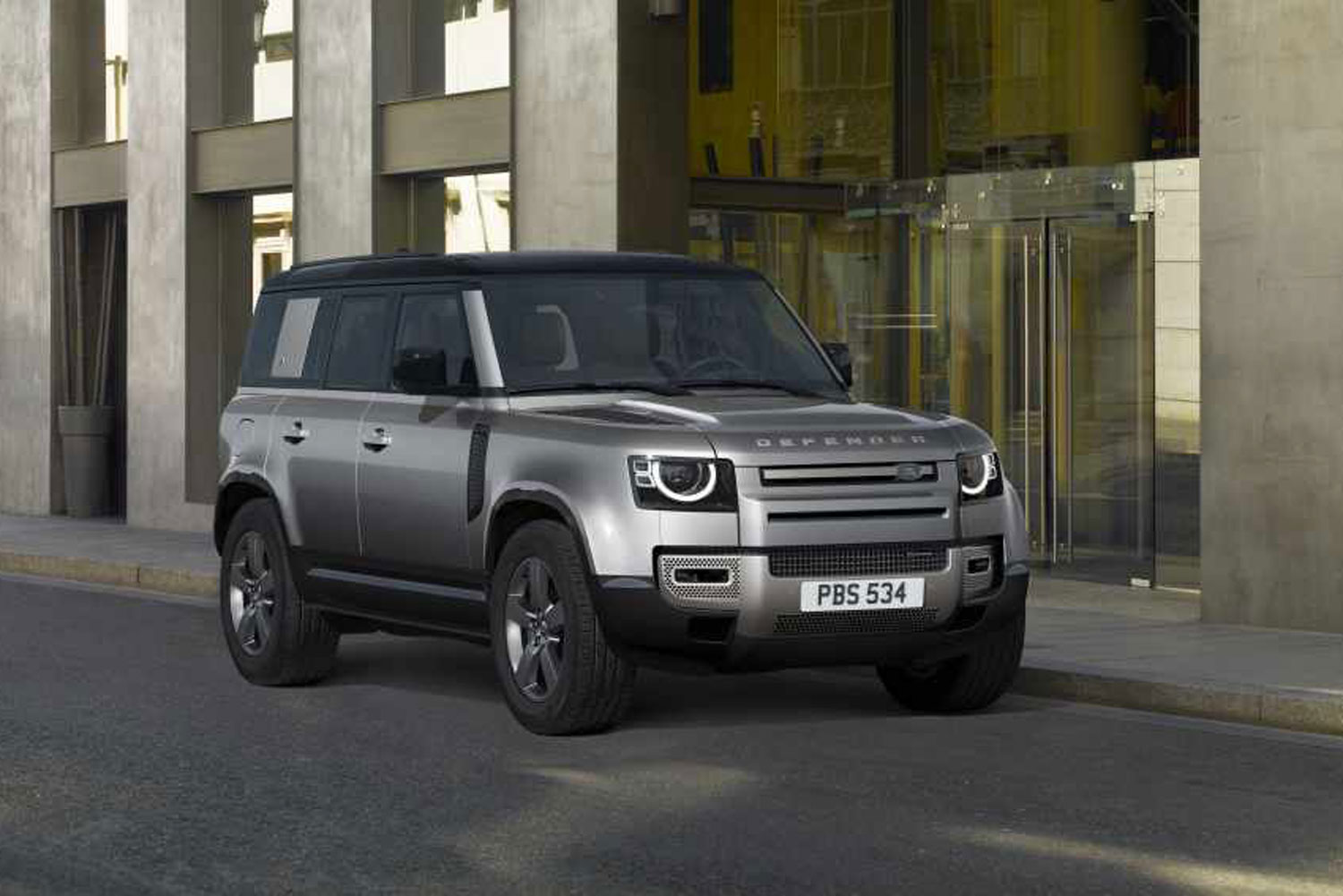Crossover vs. SUV: What's the Difference?
While similar, these two body styles are aimed at different target audiences.
 Land Rover
Land Rover
Crossovers and SUVs are among the best-selling vehicles in the United States. But the line separating them is blurry, and these terms are often used interchangeably. They often get lumped into one segment, but there are several differences that set them apart. Crossovers are generally car-derived and more road-focused, while SUVs tend to be related to trucks so they can normally tow more and go further off-road.
Crossovers: More efficient, more comfortable, but less rugged
Examples:
With a handful of notable exceptions, like the quirky AMC Eagle released for 1980, crossovers rose to prominence during the 1990s as a more nimble and more efficient alternative to SUVs. Many early crossovers offered four-wheel drive, so they were capable of going further off the beaten path than the average sedan.
Now in its fifth generation, the RAV4 stands out as one of the most popular crossovers on the market. It’s shaped like an SUV, but most of what sets it apart from a Land Cruiser lies beneath the sheetmetal. It’s built on a unibody architecture shared with the Sienna and the Camry among other models, so it’s lighter and more fuel-efficient than most SUVs, in part because it’s powered by a smaller engine. It’s also more comfortable on the pavement because its suspension system is closer to a car’s than to a truck’s.
Unibody, or unitized construction (meaning the body and frame are manufactured into a single piece) generally caps a crossover’s ability to tow and haul. Toyota pegs the RAV4’s towing capacity at up to 3,500 lbs and its payload at up to 1,750 lbs. It also limits off-road capacity. That’s not an issue for the average buyer because most motorists don’t regularly tow or go off-road, but those that do likely need an SUV.
SUVs: Better off-road, better at towing, but less efficient
Examples:
While the term SUV (which stands for “sport utility vehicle”) is relatively recent, it describes a decades-old concept. Models like the original Jeep Wagoneer, launched in 1963, helped shape the definition of an SUV by offering a car-like interior and truck-like body-on-frame construction, meaning the body and the frame are separate elements. The SUV evolved over time as the segment grew to include luxury- and performance-oriented models, but the basic definition hasn’t significantly changed.
Body-on-frame construction ensures that the sturdy frame, not the body, takes the brunt of the wear associated with towing and off-roading, which explains why you’re far more likely to see a Land Cruiser than a RAV4 crawling over boulders in Moab or towing a horse trailer. Toyota notes the now-retired Land Cruiser can pull up to 8,100 lbs. Many SUVs also offer a low-range gear and a heavy-duty suspension system. The trade-off is that body-on-frame vehicles are normally heavier and less fuel-efficient than unibody models, and they’re often not as comfortable or as nimble to drive.
SUV and Crossover similarities
Here's where the two circles of this Venn diagram overlap: not all SUVs use body-on-frame construction. The Jeep Grand Cherokee and the Land Rover Defender use unitized construction, yet they steer clear of the “crossover” label because they offer characteristics buyers expect from an SUV, like a high towing capacity and better-than-average off-road capacity. The Defender 110 can tow around 8,200 lbs and comes with a full-time four-wheel-drive system as well as a two-speed transfer case.
Written by humans.
Edited by humans.
 Ronan Glon
Ronan GlonRonan Glon is an American journalist and automotive historian based in France. He enjoys working on old cars and spending time outdoors seeking out his next project car.
Related articles
View more related articles